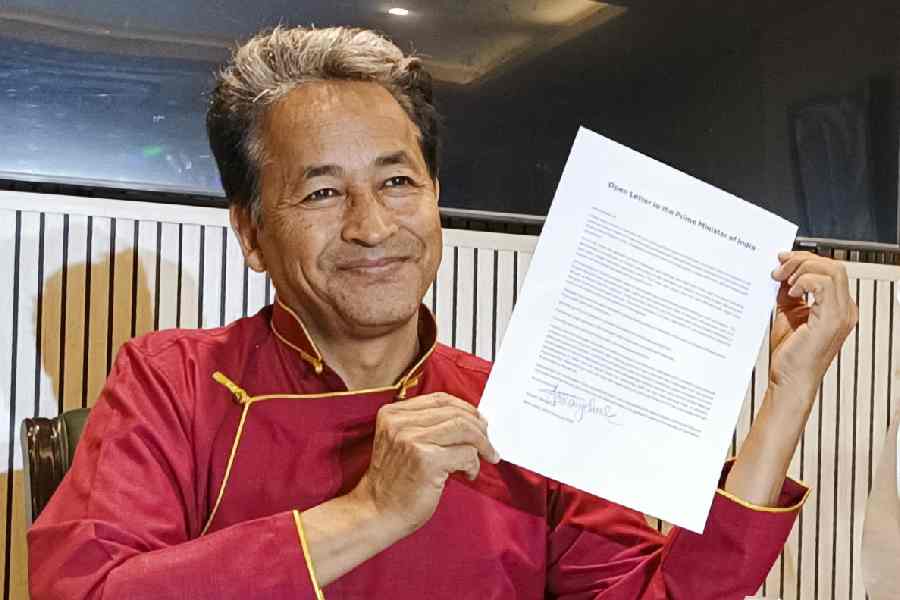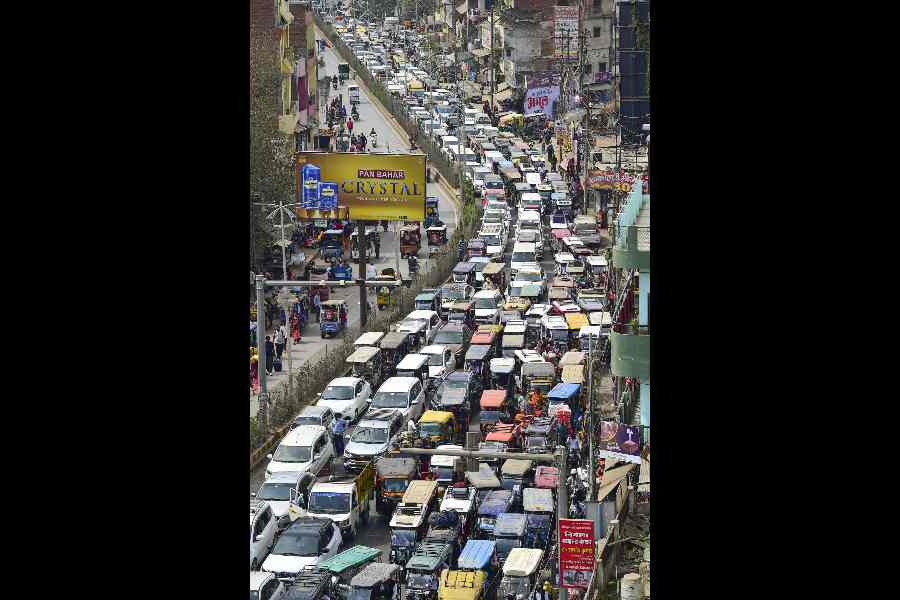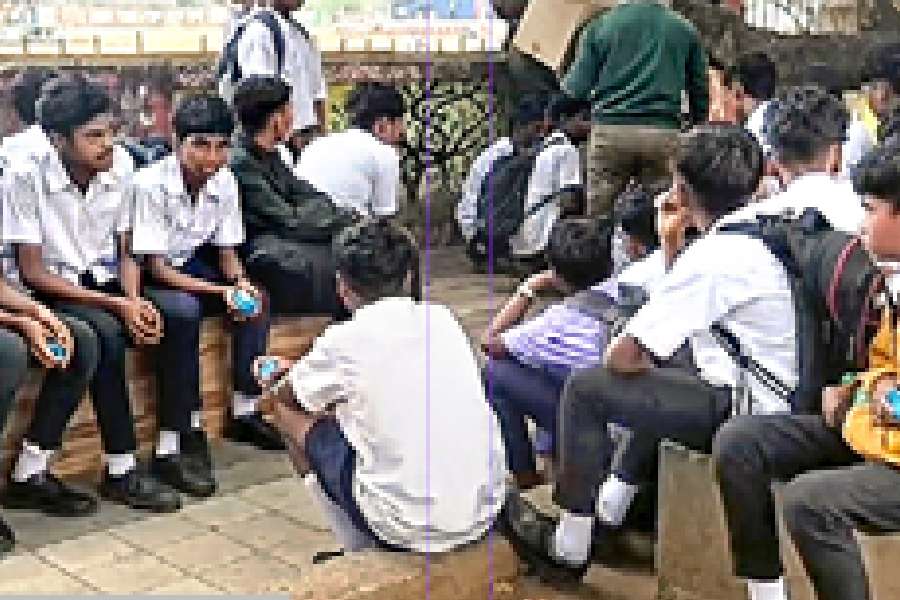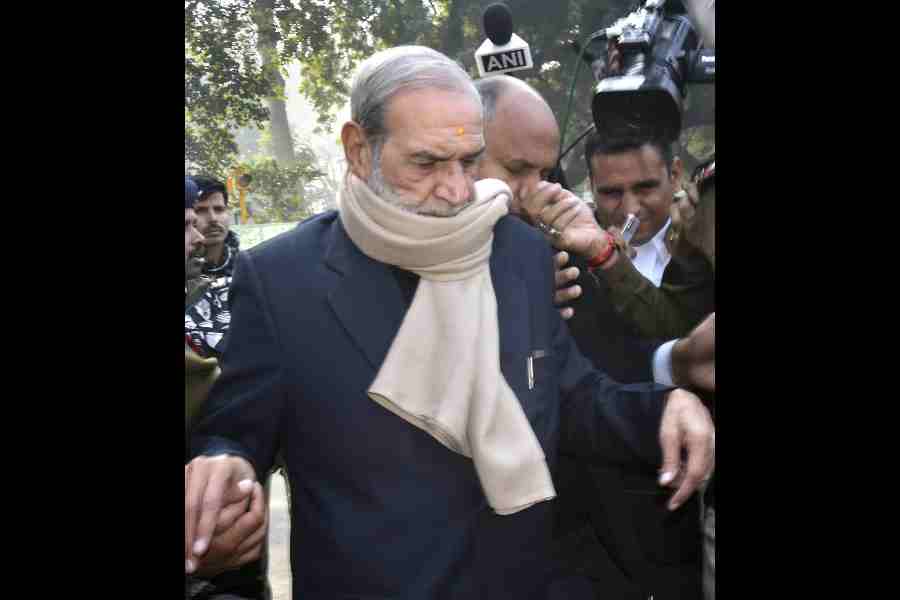The success of restrictions in bringing down Covid cases across Bengal in the second wave of the pandemic has prompted the state government to issue a directive to districts, including Calcutta, to bring back measures such as containment zones, identification of hotspots, strict surveillance and early testing.
Senior officials said the order to reintroduce containment zones in districts was part of the government’s effort to ensure that the infection did not spread in rural areas that lack the health infrastructure needed to deal with a surge.
“Districts have been asked to amplify monitoring to stop the spread of the virus in rural pockets that have reported Covid-19 cases. It is important to take care of rural Bengal three months before the pandemic’s likely third wave in September,” said a senior state government official.
An order issued by Bengal chief secretary H.K. Dwivedi on Tuesday evening directed all district magistrates and local bodies, including Calcutta Municipal Corporation, to ascertain containment zones at the micro-level after analysing the daily data of infection provided by the health department.
The order directed authorities to ensure strong surveillance measures in pockets with multiple cases. It said the spread should be stopped through early testing, tracking and tracing of symptomatic people.
Infections have dropped since the peak of the second wave in April-May, with government officials claiming it had much to do with stricter measures since May 16.
An official in Birbhum said rural areas were in focus as health infrastructure in districts was inadequate to treat Covid patients on a large scale. During the second wave, the government initially faced hurdles when the infection spread to rural Bengal.
“The day's new infections stood at 3,187 on Wednesday. To further reduce infections, it is the time to start containment zones in areas with multiple cases,” a health official said.
Officials said they were focusing on rural pockets more this time as they had inputs that many villagers were hiding Covid-19 symptoms for fear of social stigma.
“We have earmarked 15 containment zones in our district and the process will be ongoing based on health data,” said Sumit Gupta, district magistrate of North 24-Parganas, one of the worst-hit Covid districts in Bengal, which even on Wednesday reported 435 fresh cases.
In Bankura, where only 103 Covid cases were reported on Wednesday, half a dozen pockets were marked containment zones. “We earmarked a few pockets in Bankura and Bishnupur municipalities from where multiple cases have been reported as containment zones. Barricades have been set up and police are keeping vigil. Similar steps will be adopted if cases spike in rural pockets,” said K. Radhika Aiyar, the district magistrate.
However, some officials in districts said implementing stricter curbs in rural areas or small towns with few cases was tough. “As stricter curbs have been relaxed on many counts, people try to leave home for enjoyment. In Purulia and Birbhum, cases are minimal and we can’t contain a hundred families for one or two cases,” said an official.
Officials said another challenge in villages was keeping vigil over large areas.
“Containment zones are easier to implement in towns than villages. A village has low population density and larger area,” said an official in Burdwan.










